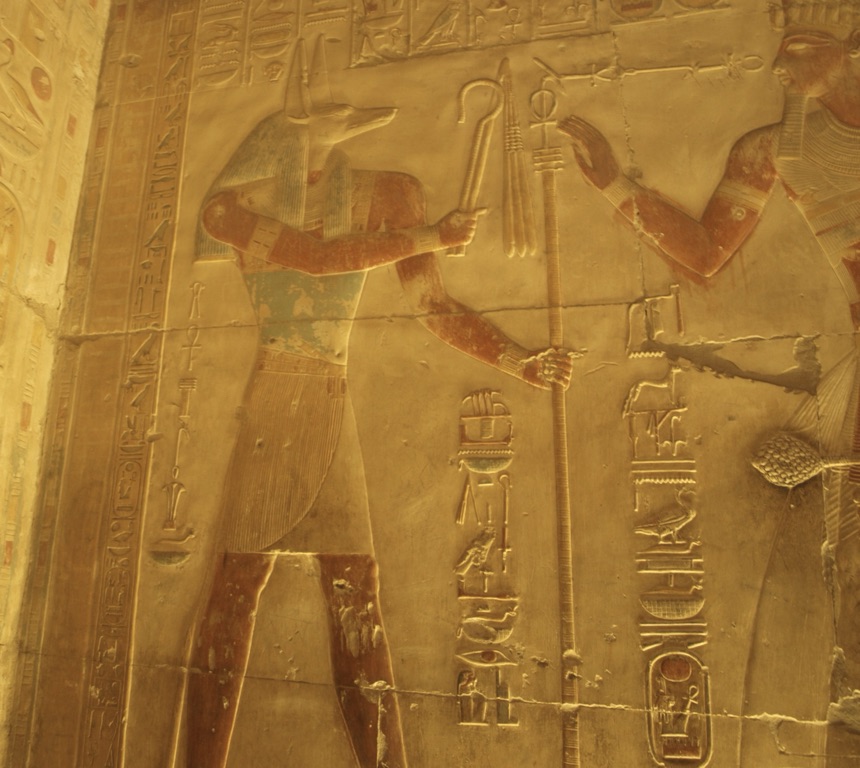The Temple of Seti I is a historical monument located in Abydos, Egypt. Built during the reign of the New Kingdom Pharaoh Seti I, the temple is an iconic symbol of ancient Egyptian architecture and religious practices. The temple is known for its detailed reliefs, which depict various deities and Pharaoh Seti I himself. The temple also houses the Abydos King List, a chronological list that contains the cartouches of dynastic pharaohs of Egypt from Menes until Ramesses I, Seti’s father. The Temple of Seti I in Abydos is not just a historical monument but a treasure trove of information about ancient Egyptian civilization.
The Ancient Egyptians
Ancient Egyptian Historical Sites and Ruins
Egyptian Mythology
Ancient Egyptian Artifacts
| Ankh Cross |
| Dream Stele |
Historical Figures
| Ramses II |
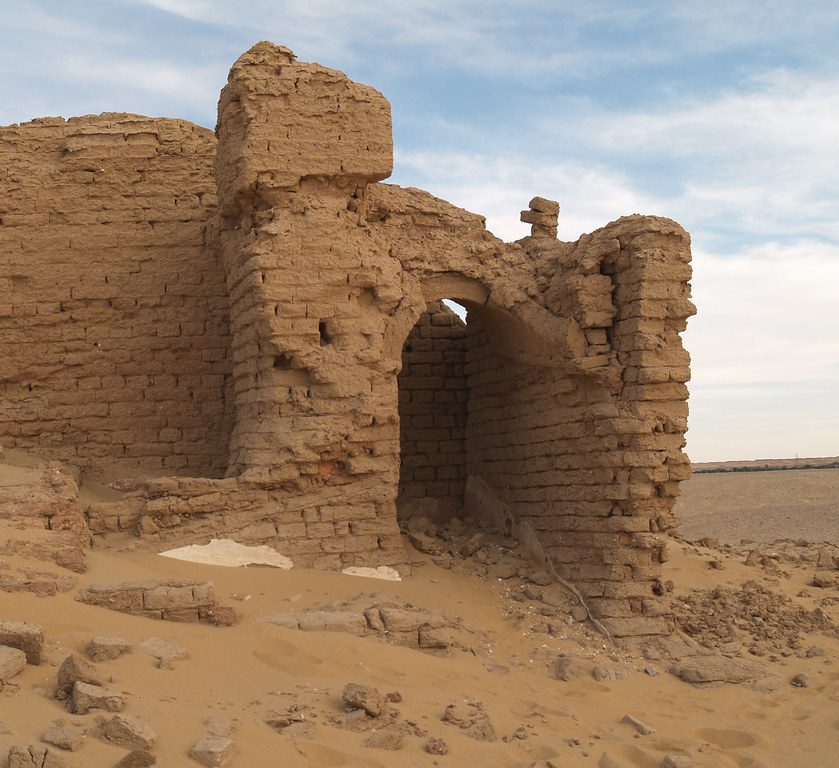
Ancient Kellis
Ancient Kellis, known today as Ismant el-Kharab, is a historical site located in the Dakhla Oasis in Egypt. This ancient city was inhabited from the mid-first century BC until the fifth century AD. Its history spans the Ptolemaic, Roman, and early Byzantine periods, making it a rich archaeological site that provides insights into various civilizations and their interactions. Kellis is particularly significant for its well-preserved structures and texts, which include temples, houses, and a substantial collection of manuscripts in various languages.
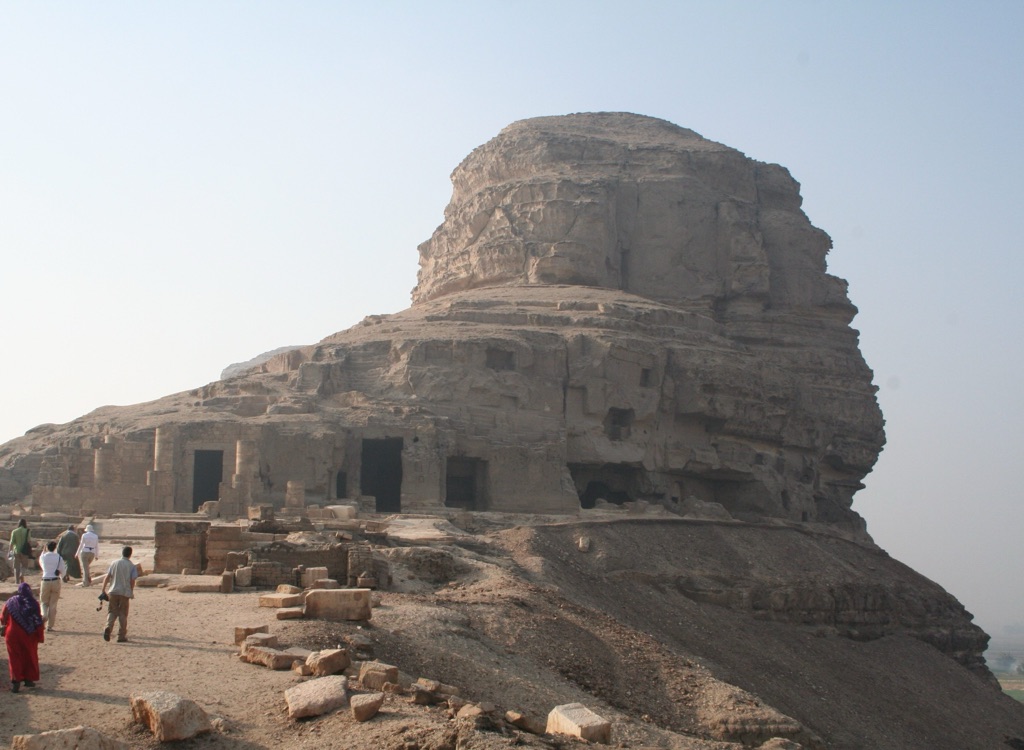
Tihna el-Gebel
Tihna el-Gebel, formerly known as Akoris in antiquity, is a village and archaeological site of significant historical importance located in Middle Egypt. This site, situated twelve kilometers northeast of El-Minyā on the east bank of the Nile, offers a unique glimpse into the religious, administrative, and daily life of ancient Egyptians from the Old Kingdom through the Greco-Roman-Byzantine period.
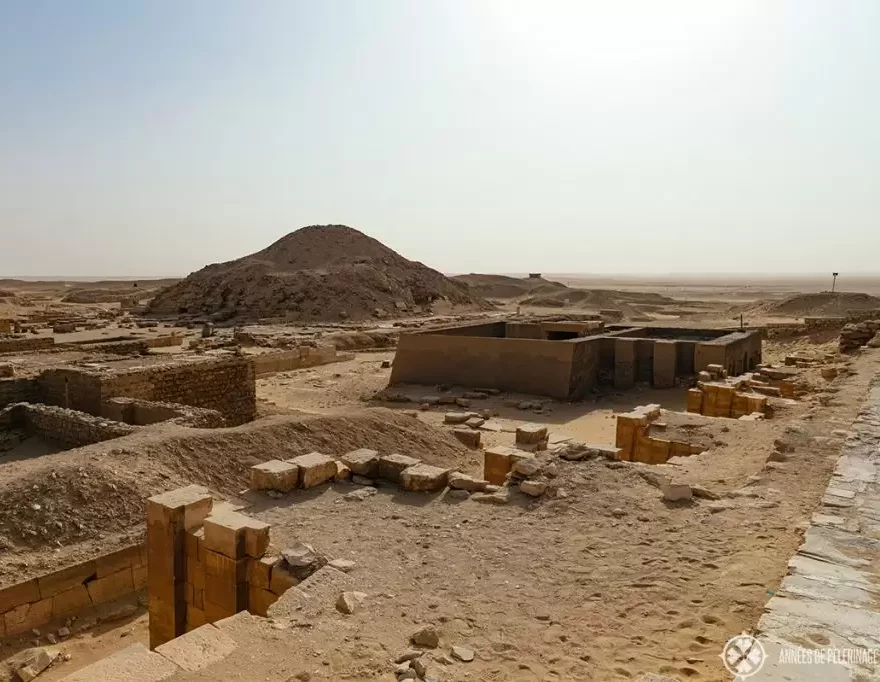
Sekhemkhet Pyramid (Buried Pyramid)
The Sekhemkhet Pyramid, also known as the Buried Pyramid, is an unfinished step pyramid in Saqqara, Egypt. Believed to have been constructed during the 3rd dynasty for the Pharaoh Sekhemkhet, the pyramid remains a significant artifact of the Old Kingdom. Despite its unfinished state, the pyramid provides valuable insights into the architectural practices and political climate of the time.
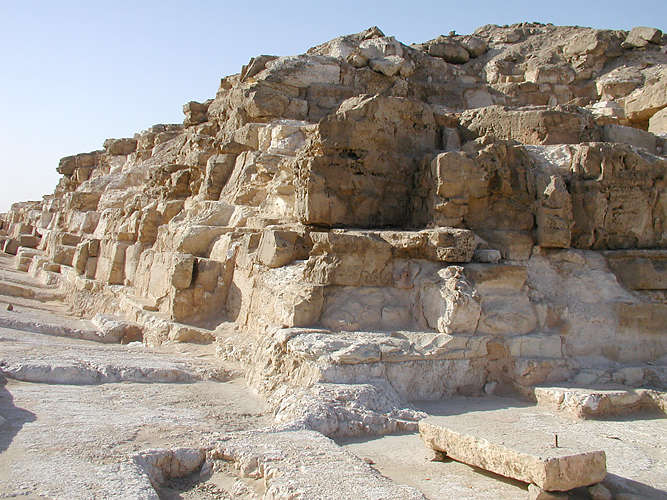
Pyramid of Djedefre
The Pyramid of Djedefre is a significant historical site located in Egypt. It was built as the tomb for Pharaoh Djedefre, who reigned during the Fourth Dynasty of the Old Kingdom of Egypt. This pyramid is unique as it is the only known pyramid to have been built on a hill and it’s also one of the few pyramids with significant parts still intact. Despite its incomplete state, the Pyramid of Djedefre provides valuable insights into the reign of Djedefre and the architectural practices of the time.

Mastaba of Ti
The Mastaba of Ti is a remarkable archaeological site located in the Saqqara necropolis, near Cairo, Egypt. Built during the 5th Dynasty of the Old Kingdom, it is the final resting place of Ti, a high-ranking official who served under the pharaohs Neferirkare Kakai and Nyuserre Ini. The mastaba, a type of ancient Egyptian tomb, is known for its well-preserved carvings and inscriptions, which provide invaluable insights into the life, culture, and society of ancient Egypt.

